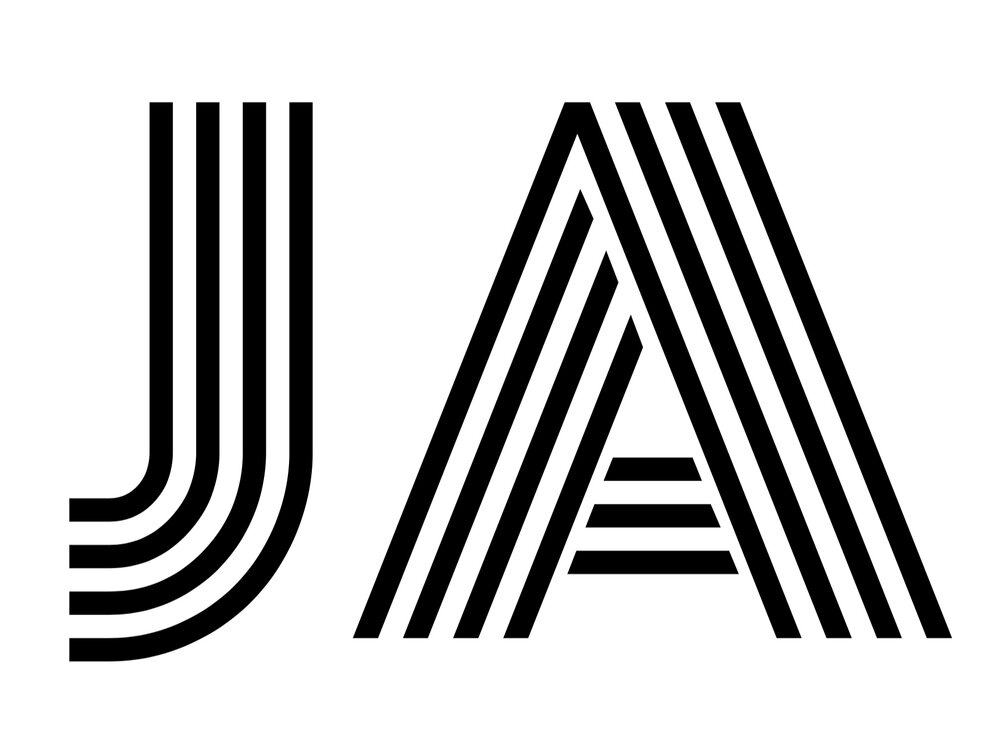MANOEUVRE
Recensies
Theaterkrant
“Juanjo Arqués has been a Young Creative Associate of Dutch National Ballet since 2017. For Maneuver he chooses the composition Shaker Loops (1978) by John Adams, a hallucinatory musical experience with pulsating rhythms. The “loops” in the title indicate pieces of sound fragments recorded on a tape recorder that can be repeated endlessly. The strings vary from melancholic to sharp staccato.
The seven male dancers are dressed loosely in greyish costumes. They offer a different view of masculinity, not the usual macho culture with which the Spaniard grew up in his native country, but rather the poetic man, the feminine man. Although there are also emphatically masculine scenes, such as those in which the male world is symbolized with boxing movements, army-like formations, and compelling group dynamics. It is always the loner who stands against the group.
Arqués’ choreography is accessible and narrative: we recognize, for example, the boys in the schoolyard, one of whom is always excluded. The pulsating, powerful rhythm of Adams ‘music seems to find a visual rendition in the dancers’ equally powerful body language.
Predominant in the stage image is a flowing curtain that folds into S-shapes and then opens again around the dancers, offering support and security. According to the choreographer himself, the curtain, designed by Tatyana van Walsum, symbolizes “femininity in contrast to masculinity”. The curtain creates dark and light places on the stage, creating an exciting division between worlds of insecurity and safety.”
“Regular guest choreographer Juanjo Arqués, takes a closer look at the phenomenon of masculinity in his eighth ballet for the company. Manoeuvre is therefore ambiguously called his new choreography. In the motor skills of the seven black-haired ballet dancers on the modern classic Shaker Loops by composer John Adams, there are explicit references to muscle strength, ball sports, army marches, and suppressed emotions. When an S-shaped partition wall rolls out like a curtain curve, the movements become softer, and more intimate interaction arises. Arqués sees a newly acquired masculinity in this sensitive freedom. Especially the canon form in which the seven dancers pass on their movement vocabulary just modified or break out of the rows one after the other makes Manoeuvre a strong ballet. Then the individual details also stand out, both in physical appearance and in the translucent gray shirts.”
“The performance starts with an exciting foretaste of Manoeuvre, a work by Juanjo Arqués. Moving on to the restlessly tumbling strings in John Adams’ modern classic Shaker Loops, we see seven men adopting a series of masculine poses. Keeping their balance, they walk away from the viewer as if they were dancing on a tightrope. When a moment later they seem to have firmer ground under their feet, they freeze in manly positions.”
“With Forsythe and Arqués we end up in contemporary atmospheres. Arqués, like Brandsen, focuses on the man. But then one who can show his vulnerability and feeling. In Manoeuvre, the choreography for this boys’ club, not only are angular shapes, clenched fists, rugby postures, and brawls to be seen, but gestures also emerge that express fear, desire, and care with softer energy. A winding rail with a transparent curtain divides the stage into two areas, each of which separates an individual from the group. That canvas lies on the floor at the end, as if the taboo on emotions has been removed.”
